Planning on hanging out at yet another coffee shop this weekend? Anyone looking for an entertaining and educational afternoon should try a museum hop around Seoul. With more than 100 museums in the city, there’s really no excuse for not dropping by.
Here are six museums continually topping the list for best museums in Seoul.
1. National Museum of Korea (국립중앙박물관)
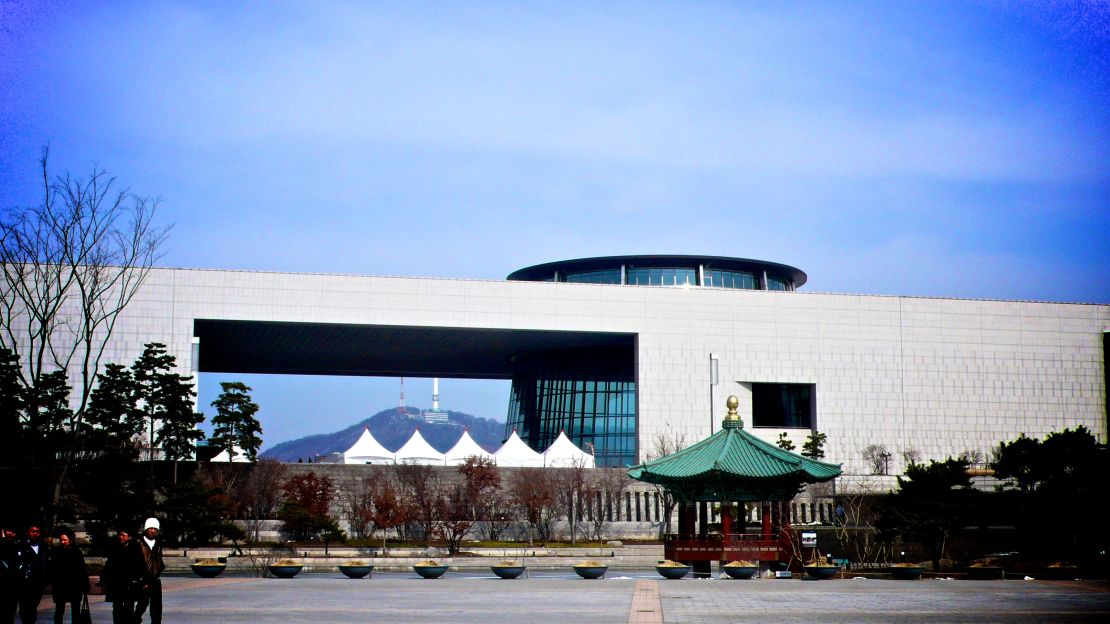
Historically significant, the National Museum of Korea originally opened in 1945, the same year Korea gained independence from Japan. Since then, it’s moved to various locations until October 2005, when it was given its final and current setting in Yongsan Family Park.
Housing more than 220,000 pieces of art and relics in total, some 13,000 works are on display at any given time. The best way to explore this behemoth? Compartmentalizing.
Tackle the museum one floor at a time, beginning at the first floor, which contains an archeological and historical gallery. Here you can browse artifacts dating all the way back to 1392, representing the earliest days of Korean civilization.
The second floor is where you will find calligraphy and paintings, as well as donated works from individual collectors.
On the third floor prepare to find yourself surrounded by beautiful Buddhist sculptures, ceramics and art representing Asian culture.
Whether you visit on a weekday or weekend, be sure to expect a crowd. Each Saturday the museum stages special free activities, such as concerts and films related to the permanent and special exhibits currently on display.
Yongsan-dong 6-ga 168-6 (Seobinggo-ro 137), Yongsan-gu
South Korea’s 40 most beautiful places
2. Leeum, Samsung Museum of Art (리움)
The Leeum, Samsung Museum of Art, run by the Samsung Foundation of Culture, is dedicated to preserving and displaying two distinctly different types of art.
MUSEUM 1 houses a collection of traditional Korean art, 36 pieces of which have been designated national treasures. Time travel back to the 14th century where you will encounter ancient daggers, crowns, earrings and ornaments. Buddhist art, sculptures, paintings and manuscripts are also showcased.
Traditional ceramics are displayed here as well, such as Celadon (a type of glaze and ware specific to the Asian region), Buncheong (a bluish-green traditional type of Korean stoneware) and porcelain.
From landscapes to folk paintings, the art on display in MUSEUM 1 is a diverse gateway into the culture of Korea’s past.
MUSEUM 2 features modern and contemporary art from both Korean and foreign artists. These displays of paintings, sculptures, photography and video are in stark contrast to their traditional counterparts, representing today’s new mediums and the ever-adapting and ambiguous styles to which contemporary art is growing.
In addition to the permanent displays, there are special exhibitions, which change about every three months.
Mario Botta from Swiss designed MUSEUM 1, Jean Nouvel from France designed MUSEUM 2 and Rem Koolhaas from the Netherlands designed the children’s center, each taking their inspiration from Korean culture.
747-18, Hannam-dong, Yongsan-gu
3. National Folk Museum of Korea (한국민속박물관)
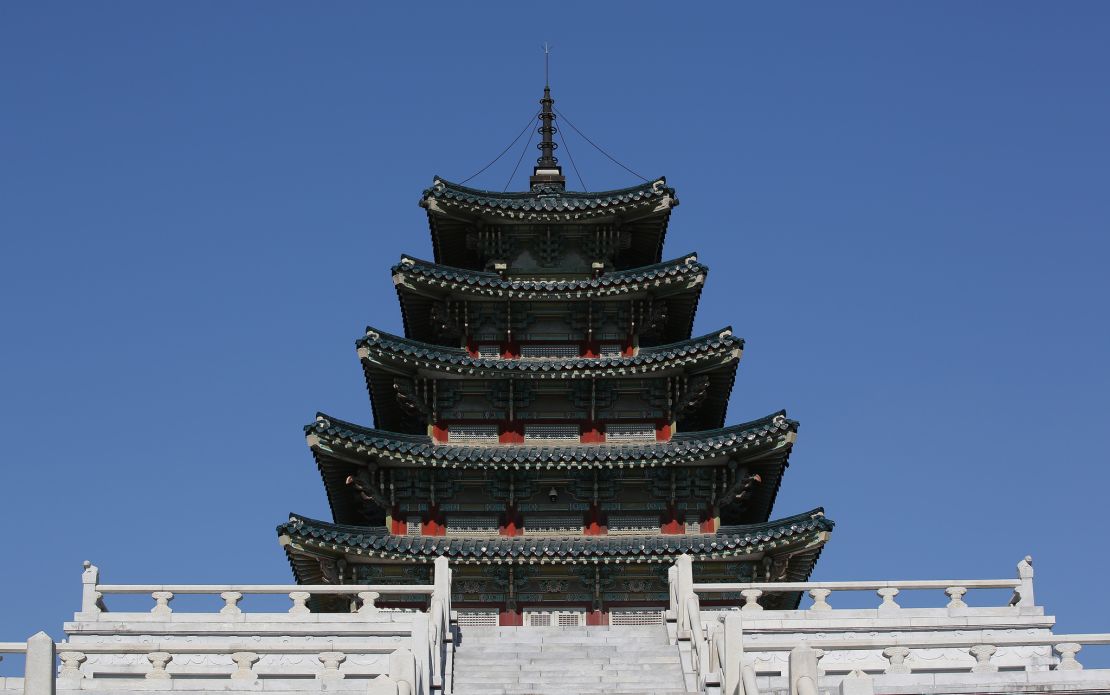
If you’re looking to truly immerse yourself in Korea’s past, then there’s only once place you need to go: The National Folk Museum of Korea.
Located in the grounds of Gyeongbokgung Palace, the museum includes a collection of more than 98,000 artifacts and identifies itself as “the only national museum devoted to the history of traditional life.”
The museum contains three main exhibition halls. The first is the “History of Korean People,” which features materials of everyday life in Korea from prehistoric times to 1910.
The second exhibition hall is titled, “The Korean Way of Life.” As you walk through this exhibit, you can actually feel what it was like to be Korean villager in ancient times.
The third exhibition hall is called, “Life Cycle of the Koreans.” This hall depicts the deep roots of Confucianism in Korean culture and how this ideology gave rise to most of the culture’s customs, many of which have transcended throughout the generations and still influence Korean society today.
The museum also features open-air exhibits, such as replicas of spirit posts where villagers used to pray, stone piles for worship, grinding mills, rice storage shelters and pits for kimchi pots.
Samcheongro 37, Jongno-gu
Korean fried chicken (and beer) is here
4. War Memorial of Korea (전쟁기념관)
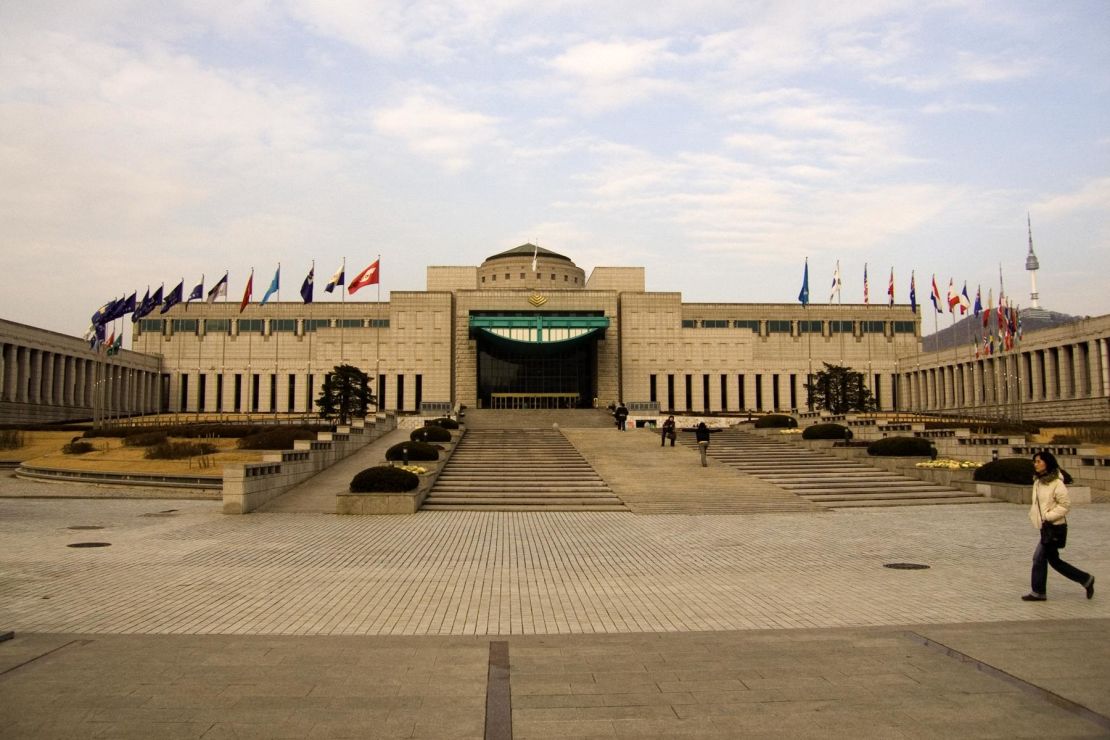
With a 5,000-year history, Korea has certainly seen its share of wars and that’s precisely why the War Memorial of Korea has an extensive array of stories and artifacts.
The museum, which is located on the old site of army headquarters, has two main exhibitions.
The indoor exhibition includes six halls. The first is a Memorial Hall, which pays tribute to all those who have fought in Korean wars and lost their lives.
The next room is the War Room, featuring Korean weapons from as early as the Paleolithic age, armor and helmets used throughout different periods, as well as swords and other Korean weaponry used over the centuries.
Also indoors is a whole exhibit dedicated to just the Korean War of the 1950s. Beginning with North Korea’s surprise invasion on the South on June 25, 1950, this hall depicts all aspects of the war, such as the role of the United Nations played and what wartime life was like for Koreans.
Here you get to experience eerily lifelike Combat Experience Room, a re-creation of a Korean night battle full of special effects, video, sound, canon smoke and the smell of gunpowder. Just the re-enaction of these battles induces a sense of horror, leaving you with a sense of what actual combat experience must have been like.
Other rooms include the Expeditionary Forces room, a testimony to Korea’s overseas dispatches throughout the world, and the ROK Armed Forces room, which shows the history and changes of South Korea’s army through weapons uniforms and tactics throughout the years.
In the Defense Industry room you can get an in-depth view of the equipment that currently protects South Korea, from gas masks to aircraft. But if you really want to see some amazing machinery up close and personal, then head to the Outdoor Exhibition.
The Outdoor Exhibition features restored tanks, vehicles, submarines, aircraft and artillery that were used in World War II, the Korean War and the Vietnam War. But more than just standing right next to these mega machines, you can actually get inside them
Admission to the museum is free.
8 YongSan-dong 1(il)ga YongSan-Gu
5. National Palace Museum of Korea (국립고궁박물관)
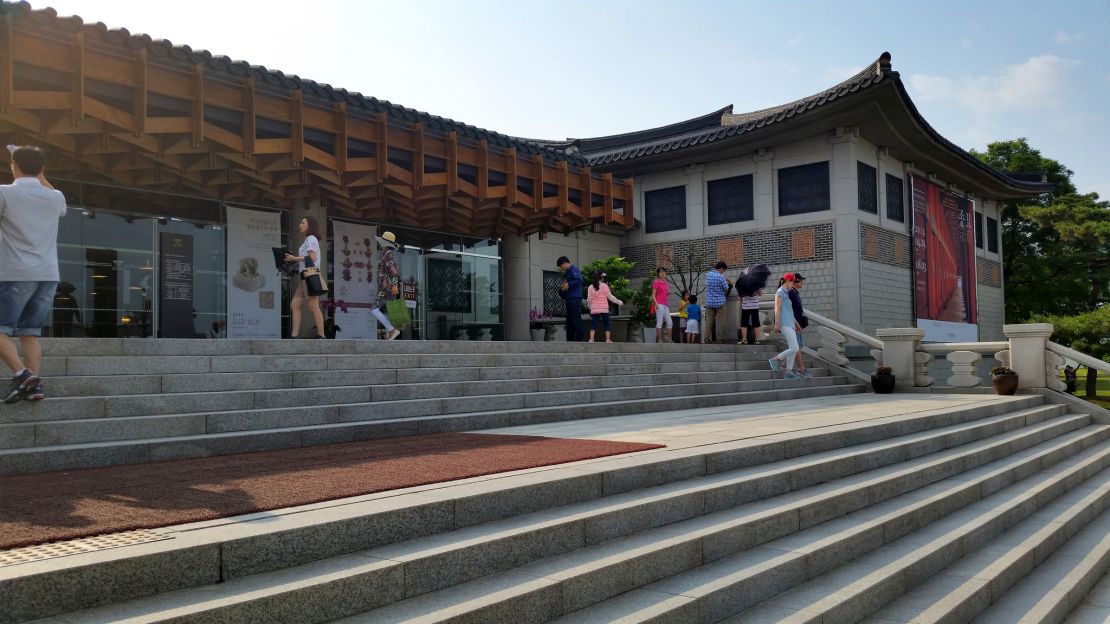
The Joseon Dynasty, which lasted for five centuries, was the last royal dynasty of Korea. It was also the longest ruling Confucian dynasty. Needless to say, this era in Korean history had a profound impact on the country’s traditions and culture.
The National Palace Museum displays records, state rites, architecture, clothing, royal life, education, culture, paintings and music of the dynasty’s ruling era.
The museum contains more than 40,000 pieces of the royal treasures and artifacts. Admission is free.
12, Hyojaro, Jongno-gu
Tongyeong: 8 reasons to visit South Korea’s coastal gateway
6. Seoul Museum of History (서울역사박물관)
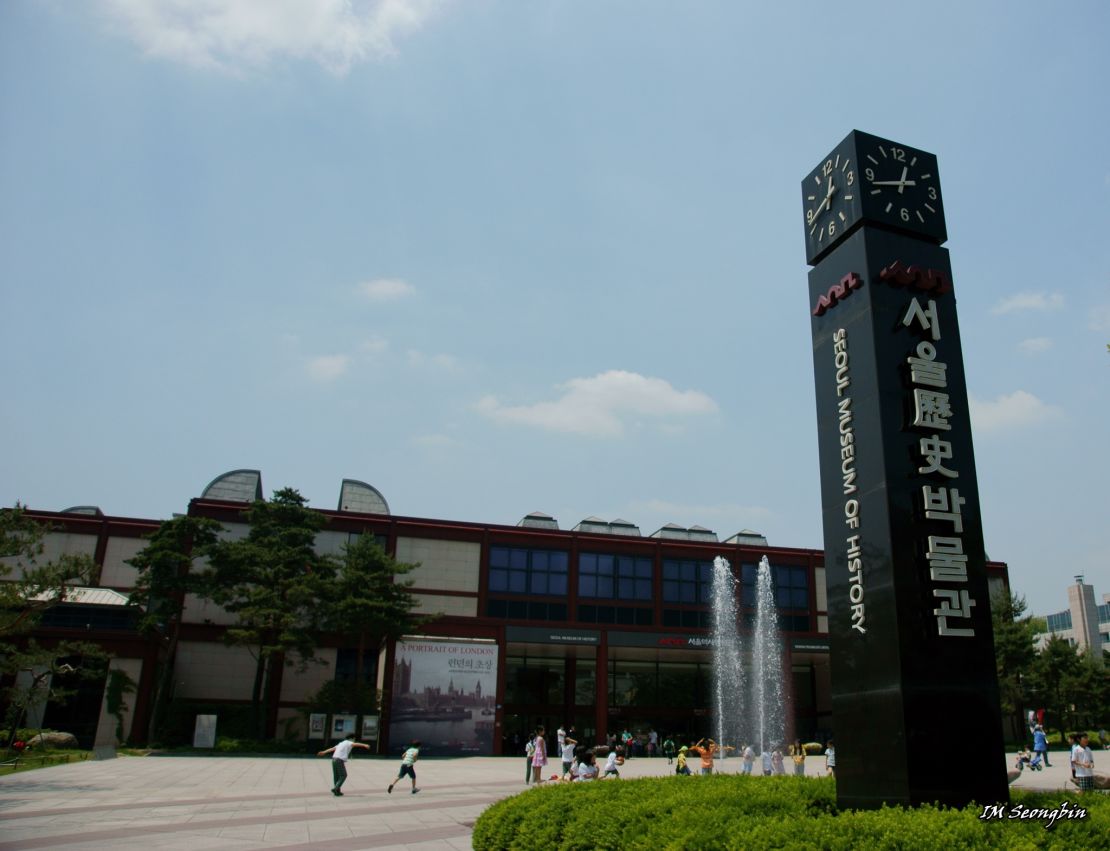
The Seoul Museum of History depicts the evolution of Seoul from its prehistoric period to the booming city it is today.
As Seoul was the capital of the Joseon Dynasty, there’s a lot of information and artifacts of the dynasty here as well. In fact, Seoul’s successes today are mostly rooted in the fact that it was the epicenter for the dynasty.
Because of this, Seoul was always more innovative and progressive than its surrounding cities, and that still holds true today.
The museum depicts how Seoul has progressed to the complex city that now stands and also host’s special exhibitions.
2-1 Sinmunno 1 ga, Jongno-gu, Seoul
Editor’s note: This article was previously published in 2011. It was reformatted and republished in 2017.



